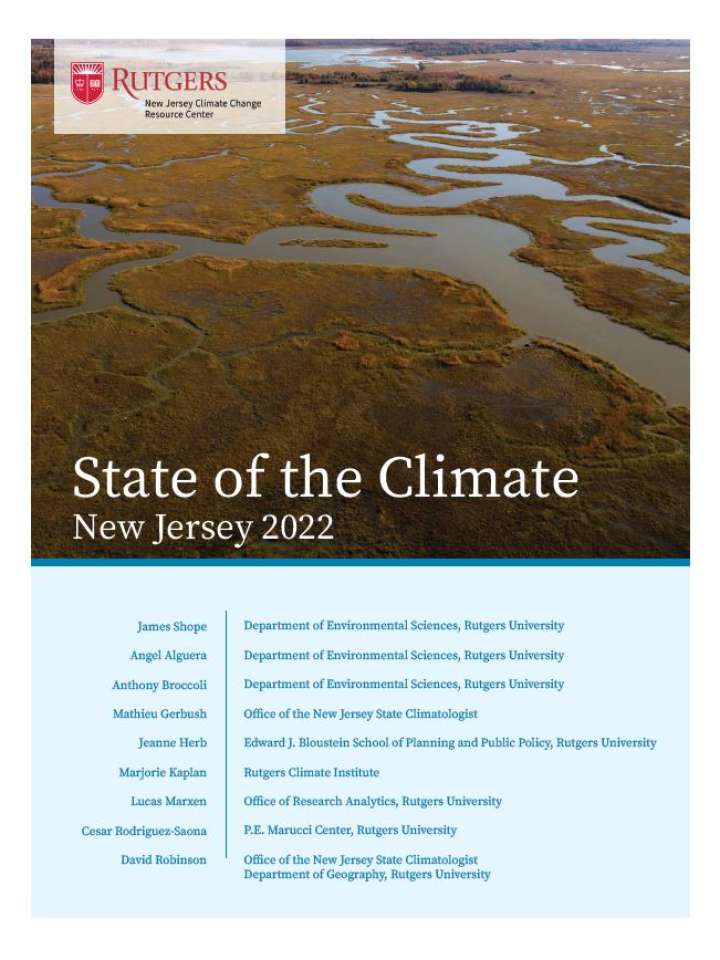State of the Climate: New Jersey 2022
This report summarizes the current scientific information on climate trends and projections within New Jersey. The authors provide an annual climate and weather overview that can be used by state and local decision-makers, hazard planning and climate resilience professionals, and residents to monitor changing climate conditions and prepare for future impacts. The report details specific New Jersey climate trends and aggregates analyses and projections from across the climate change research field. By the end of this century, with lower levels of greenhouse gas emissions, annual temperatures are projected to increase by as much as another 4 to 5 degrees Fahrenheit, according to the report. With higher emissions, annual temperatures will increase by as much as another 9 to 10 degrees Fahrenheit, increasing the likelihood of heat waves and heat-related illness for New Jersey’s citizens.
As projected summer temperatures throughout the northeast U.S. are expected to increase and summer rainfall to remain relatively unchanged, the frequency and magnitude of future summer drought conditions is likely to increase, the scientists said. These episodes could cause fluctuations in water resources that affect agricultural production and promote higher wildfire risk. The report pointed to other coming changes. Sea levels have risen by about 1.5 feet in Atlantic City since the early 1900s. By 2100 with moderate greenhouse gas emissions, sea levels are projected to rise between 2.0 and 5.1 feet compared to the year 2000 baseline. As a result, residents, by 2100 will experience more destructive coastal storms and increasing numbers of “sunny day” flooding in tidal areas most of the year during high tides, even with moderate greenhouse gas emissions. The record-high temperatures and dry conditions of summer 2022 led to reduced water present in soils, which in turn caused reduced yields for crops such as corn and soybeans. Groundwater and surface water levels also fell, with levels in the Delaware River and many reservoirs much lower than in 2021.
Explore further
